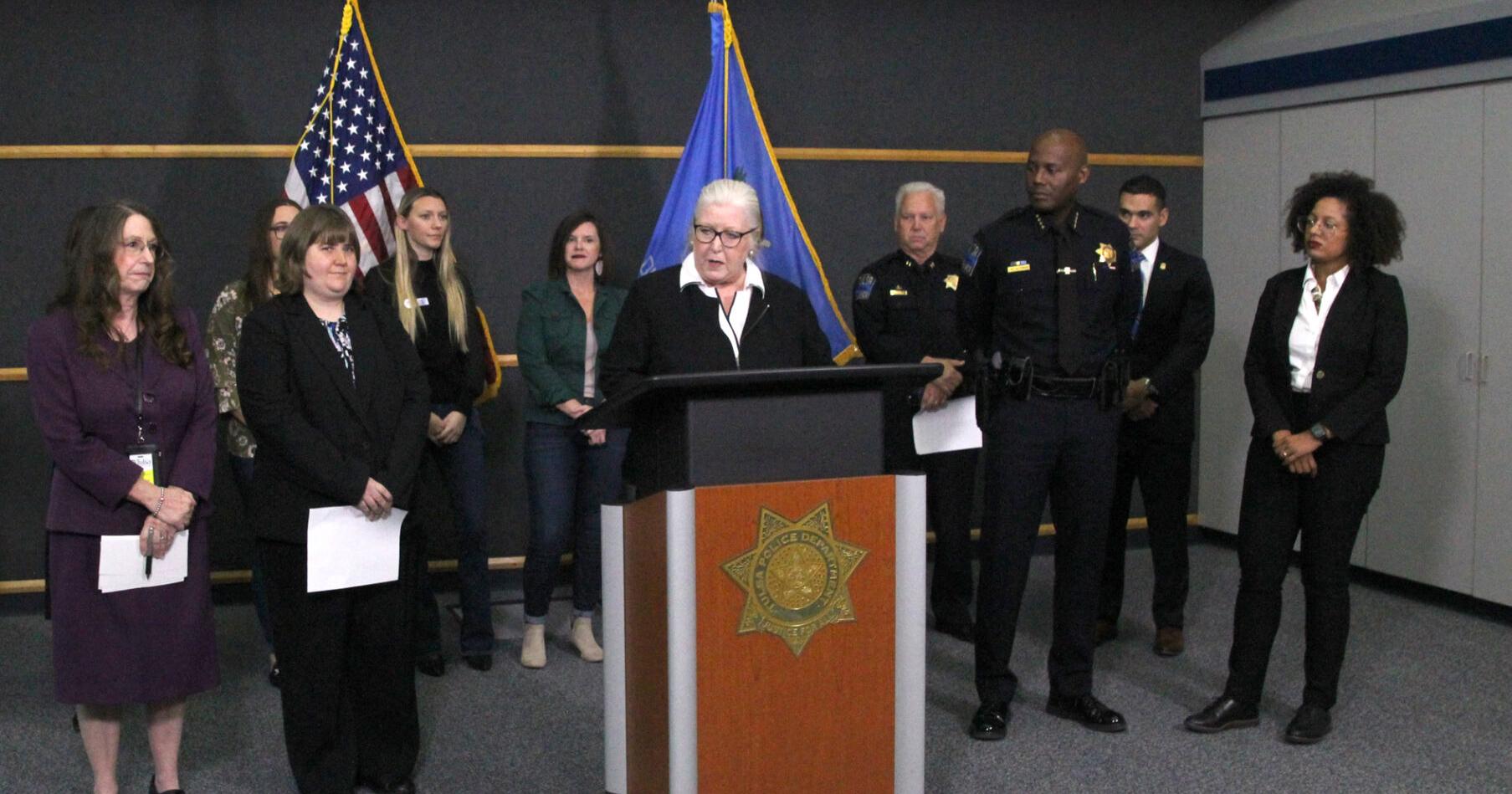Editorial: Federal grant will go far in combating human trafficking in eastern Oklahoma – Tulsa World

The recent announcement of a $1.3 million federal grant to combat human trafficking is a credit to how well Tulsa agencies work together.
The Family Safety Center and the Tulsa Police Department received the award through a cooperative agreement from the U.S. Department of Justice's Office for Victims of Crime. It will fund the Oklahoma Coalition Against Human Trafficking, according to a story from reporter Ashley Jones.
Human trafficking is a crime many people don't see, but it causes a ripple effect of trauma and community decay. From July to September, 104 people were arrested in Tulsa on human trafficking-related offenses and 29 victims rescued.
It's a problem that only in the past decade have state and local officials coordinated to address. What has been done in that short time has been swift and effective. Domestic violence providers have tailored programs for those victims. Every Tulsa Police officer gets training to recognize signs of human trafficking and the department has a dedicated unit to the crime.
The Oklahoma Coalition Against Human Trafficking formed in 2013 as an unfunded task force to take on and coordinate around the issue of child trafficking. It didn't long to see the vastness of the crime so the group expanded in 2019 to include adult victims and labor trafficking.
Myths and stereotypes have formed around the crime, particularly that victims are usually abducted from foreign counties. A March op-ed from Rep. Jeff Boatman, R-Tulsa, cited data showing that overwhelmingly the victims in Oklahoma are from the state.
“They're being trafficked by family members, romantic partners or people well-known to them. And victims are being trafficked to Oklahomans. This is happening in our cities. It could be happening to a child in your local elementary school or the person behind you in the grocery store checkout line.”
Boatman wrote — and got passed into law — House Bill 4210 that created the Human Trafficking Response Unit within the Office of the Attorney General. It creates another pathway for better communication about cases.
That sharing of information has been part of the coalition, which has 37 agencies represented. It is part of the Oklahoma Department of Human Services' initiative to address human trafficking.
While the coalition has been a powerful force, more resources are needed. That's why this grant is critical to public safety and mental health improvements. The funding will allow for a full-time director for the coalition, raise public awareness and establish a tighter network of policies, protocols and procedures.
It can transform the coordination in eastern Oklahoma on human trafficking and become a model.
We congratulate the Family Safety Center and TPD on the award. It's important for our community to strongly tackle this insidious and dangerous crime so often invisible to the public.
This “Eyes on Trafficking” story is reprinted from its original online location.
 ABOUT PBJ LEARNING
ABOUT PBJ LEARNING
PBJ Learning is a leading provider of online human trafficking training, focusing on awareness and prevention education. Their interactive Human Trafficking Essentials online course is used worldwide to educate professionals and individuals how to recognize human trafficking and how to respond to potential victims. Learn on any web browser (even your mobile phone) at any time.
More stories like this can be found in your PBJ Learning Knowledge Vault.
EYES ON TRAFFICKING
This “Eyes on Trafficking” story is reprinted from its original online location.
ABOUT PBJ LEARNING
PBJ Learning is a leading provider of online human trafficking training, focusing on awareness and prevention education. Their interactive Human Trafficking Essentials online course is used worldwide to educate professionals and individuals how to recognize human trafficking and how to respond to potential victims. Learn on any web browser (even your mobile phone) at any time.
More stories like this can be found in your PBJ Learning Knowledge Vault.
